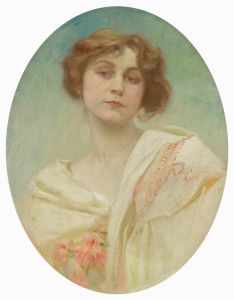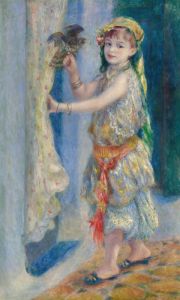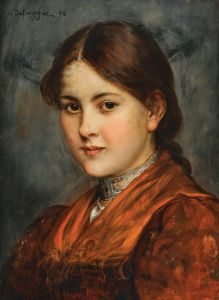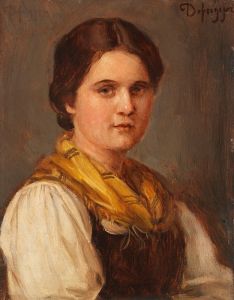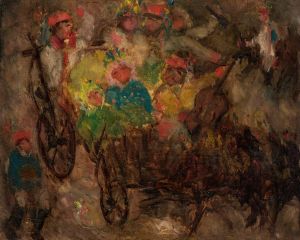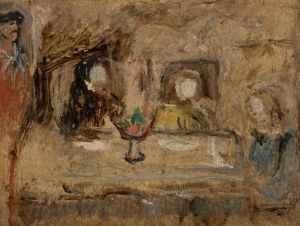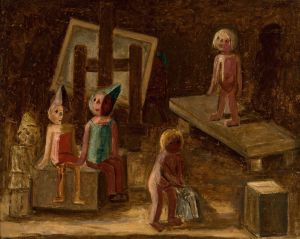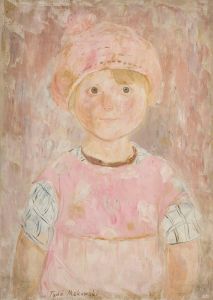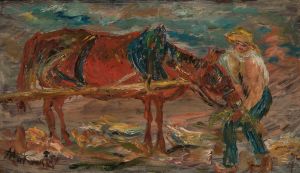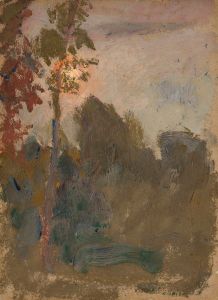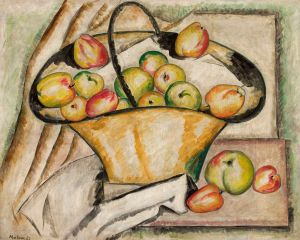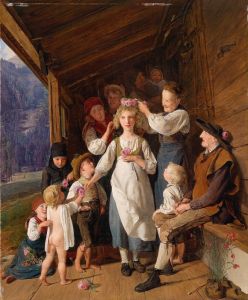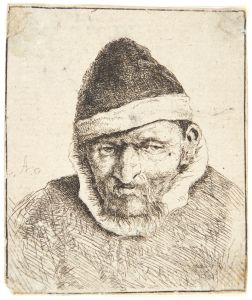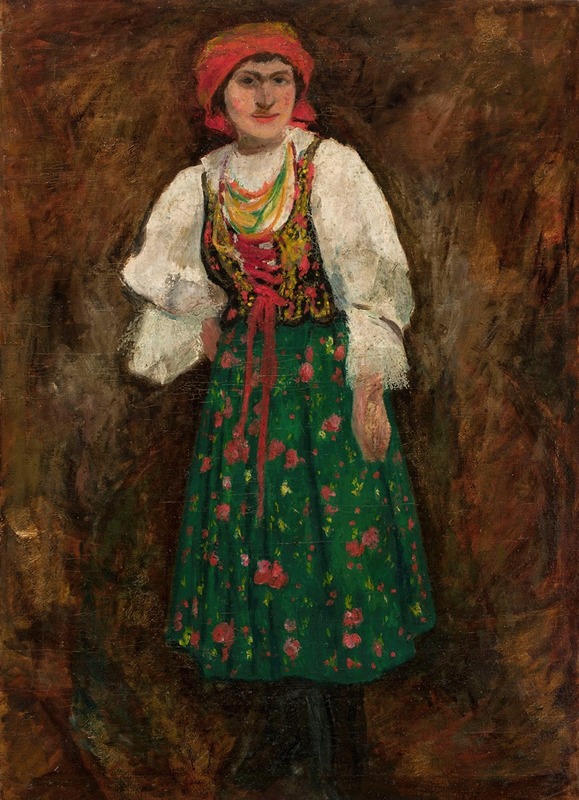
Woman in a Kraków folk costume
A hand-painted replica of Tadeusz Makowski’s masterpiece Woman in a Kraków folk costume, meticulously crafted by professional artists to capture the true essence of the original. Each piece is created with museum-quality canvas and rare mineral pigments, carefully painted by experienced artists with delicate brushstrokes and rich, layered colors to perfectly recreate the texture of the original artwork. Unlike machine-printed reproductions, this hand-painted version brings the painting to life, infused with the artist’s emotions and skill in every stroke. Whether for personal collection or home decoration, it instantly elevates the artistic atmosphere of any space.
"Woman in a Kraków Folk Costume" is a painting by the Polish artist Tadeusz Makowski, known for his distinctive style that often combined elements of folk art with modernist influences. Makowski, born in 1882 in Oświęcim, Poland, was a prominent figure in the early 20th-century art scene, particularly noted for his contributions to the Polish and European art movements.
Makowski studied at the Academy of Fine Arts in Kraków, where he was influenced by the Young Poland movement, which sought to break away from traditional forms and embrace more expressive and symbolic art. His early works were heavily influenced by the post-impressionist style, but over time, he developed a unique approach that incorporated elements of cubism and primitivism. After moving to Paris in 1908, Makowski became part of the vibrant artistic community there, which further shaped his artistic development.
"Woman in a Kraków Folk Costume" reflects Makowski's interest in Polish folk culture, a theme that recurred throughout his work. The painting depicts a woman dressed in traditional Kraków attire, characterized by its vibrant colors and intricate patterns. This type of costume is often associated with the Kraków region of Poland and is known for its rich embroidery and use of floral motifs. Such costumes are typically worn during cultural festivals and celebrations, symbolizing a connection to Polish heritage and identity.
Makowski's portrayal of the woman in this painting is both respectful and affectionate, capturing the essence of Polish folk traditions while also imbuing the subject with a sense of individuality and character. The use of bold colors and simplified forms is characteristic of Makowski's style, which often sought to distill subjects to their essential elements, creating a sense of timelessness and universality.
Throughout his career, Makowski remained deeply connected to his Polish roots, even while living abroad. His works frequently explored themes of childhood, innocence, and the simplicity of rural life, often drawing inspiration from the landscapes and cultural motifs of Poland. "Woman in a Kraków Folk Costume" is a testament to this enduring connection, showcasing Makowski's ability to blend traditional subject matter with modern artistic techniques.
Makowski's work has been exhibited in numerous galleries and museums, both in Poland and internationally. He is regarded as one of Poland's most important artists of the 20th century, and his paintings continue to be celebrated for their unique style and emotional depth. "Woman in a Kraków Folk Costume" remains an important piece within his oeuvre, exemplifying his skill in capturing the beauty and complexity of Polish cultural identity through art.
Tadeusz Makowski passed away in 1932, but his legacy endures through his contributions to modern art and his role in promoting Polish culture on the international stage. His paintings, including "Woman in a Kraków Folk Costume," continue to be studied and admired for their innovative approach and cultural significance.





